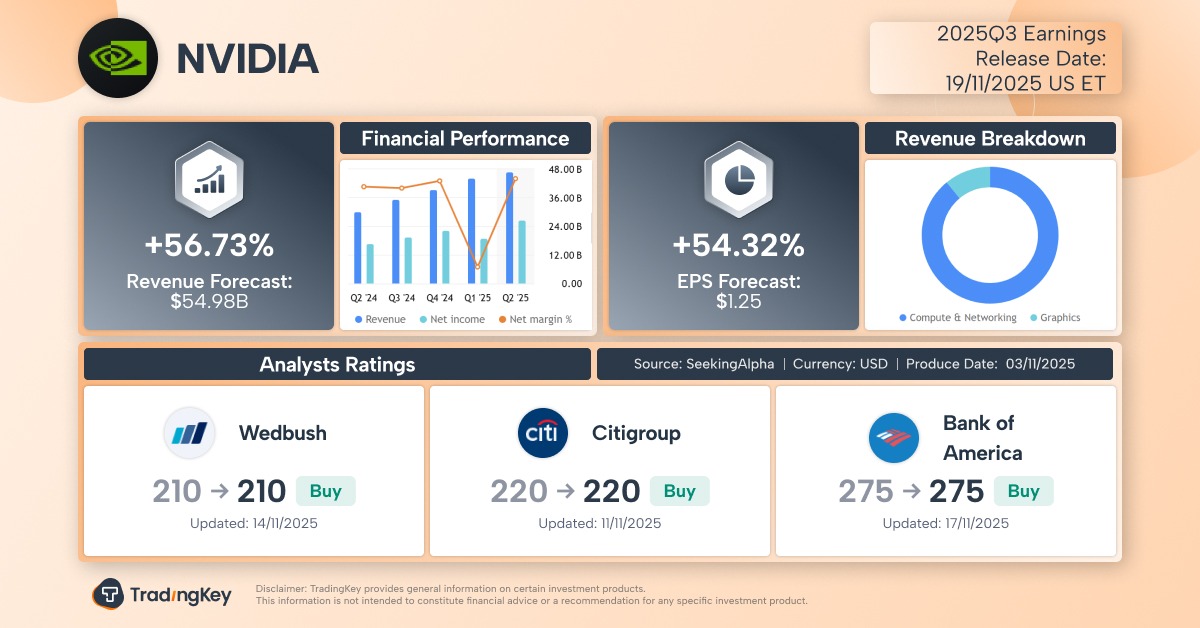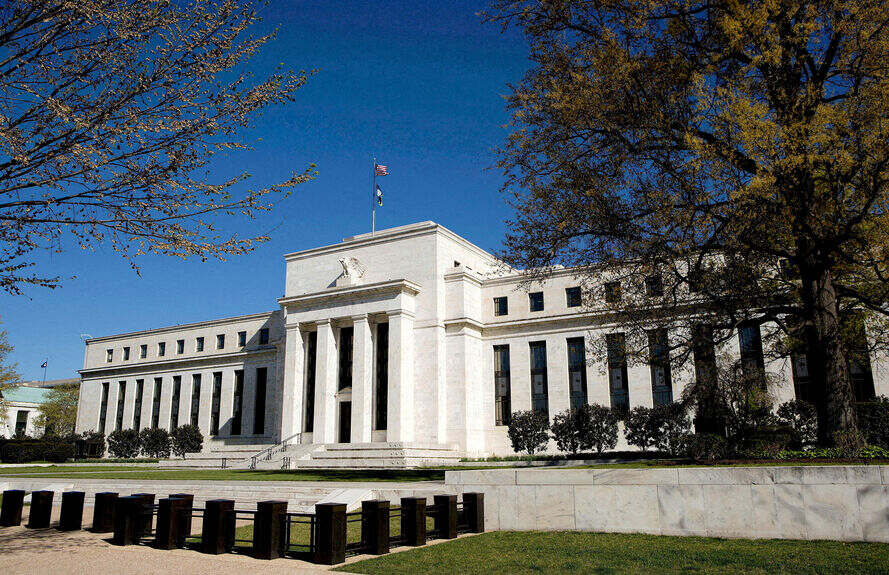Wall Street tumbles as Nvidia slides, investors fret that Fed may slow rate cuts

- Cisco Systems gains after annual revenue forecast hike
- Disney warns of long distribution dispute with YouTube TV
- Traders see December rate cut chance as coin flip
- S&P 500 -1.66%, Nasdaq -2.29%, Dow -1.65%
By Noel Randewich
Nov 13 (Reuters) - Wall Street ended sharply lower on Thursday, with steep losses in Nvidia and other AI heavyweights, as investors scaled back expectations of interest rate cuts due to inflation worries and divisions among central bankers about the U.S. economy's health.
All three major U.S. stock indexes posted their steepest daily percentage declines in over a month.
The U.S. government reopened after a record 43-day shutdown that had worried investors and disrupted the flow of economic data.
A growing number of Federal Reserve policymakers in recent days have signaled hesitation about further interest rate cuts, pushing financial market-based odds of a reduction in borrowing costs in December to near even. Fed officials who spoke recently cited worries about inflation and signs of relative stability in the labor market after two U.S. interest rate cuts this year.
"The fundamental question is, is tariff inflation transitory and a one-time deal? And whether it is or isn't, that's why some of the Fed governors don't want to cut," said Jake Dollarhide, chief executive officer of Longbow Asset Management in Tulsa, Oklahoma. "It's a risky bet either way, whether they cut or don't cut."
Shares fell for some of the U.S. stock market's strongest performers in recent years, as investors fretted about high valuations fueled by optimism about artificial intelligence.
Nvidia NVDA.O, the world's most valuable company, dropped 3.6%, Tesla TSLA.O fell 6.6% and Broadcom AVGO.O declined 4.3%.
"There's a lot of uncertainties about the state of the economy. ... What we're going through is a little bit of a correction in the market in the AI sector and we're seeing market rotation," said Peter Cardillo, chief market economist at Spartan Capital Securities in New York.
The S&P 500 declined 1.66% to end the session at 6,737.49 points. The Nasdaq fell 2.29% to 22,870.36 points, while the Dow Jones Industrial Average declined 1.65% to 47,457.22 points.
Nine of the 11 S&P 500 sector indexes declined, led lower by consumer discretionary .SPLRCD, down 2.73%, followed by a 2.37% loss in information technology .SPLRCT.
Reflecting Wall Street's rotation away from tech stocks, the S&P 500 value index .IVX has gained about 1% so far this week, while the growth index .IGX has dipped 0.6%.
Walt Disney DIS.N tumbled 7.8% after the media giant signaled it was preparing for a potentially prolonged fight with YouTube TV over distribution of its cable channels.
Cisco Systems CSCO.O rallied 4.6% after raising full-year profit and revenue forecasts, betting on demand for its networking equipment.
On Tuesday and Wednesday, the Dow .DJI notched record high closes, benefiting from investors selling technology stocks and moving money into the health care sector.
Recently, data from payroll processor ADP showed private employers shed over 11,000 jobs a week through late October. Indeed Hiring Lab slides showed a 16% drop in retail-related job postings in October from a year ago, pointing to continued weakness in the labor market.
Traders are pricing in about a 47% chance of a 25-basis-point rate cut in December, lower than last week's 70% probability, according to CME Group's FedWatch tool.
APA Corp APA.N gained 3.3% after a report that Spain's Repsol REP.MC is considering a reverse merger of its upstream unit with potential partners, including the energy producer.
Memory device maker Western Digital WDC.O fell 5.4%, Seagate STX.O lost over 7% and SanDisk SNDK.O dropped almost 14% after Japanese memory manufacturer Kioxia Holdings reported lower sales and profits.
Declining stocks outnumbered rising ones within the S&P 500 .AD.SPX by a 2.8-to-one ratio.
The S&P 500 posted 17 new highs and seven new lows; the Nasdaq recorded 56 new highs and 230 new lows.
Volume on U.S. exchanges was relatively heavy, with 20.8 billion shares traded, compared to an average of 20.3 billion shares over the previous 20 sessions.
S&P 500's forward PE ticks higher








